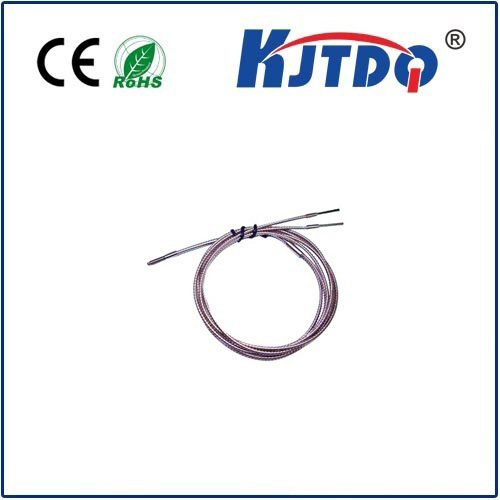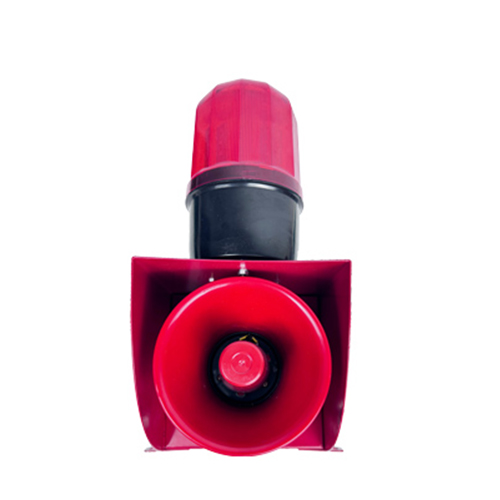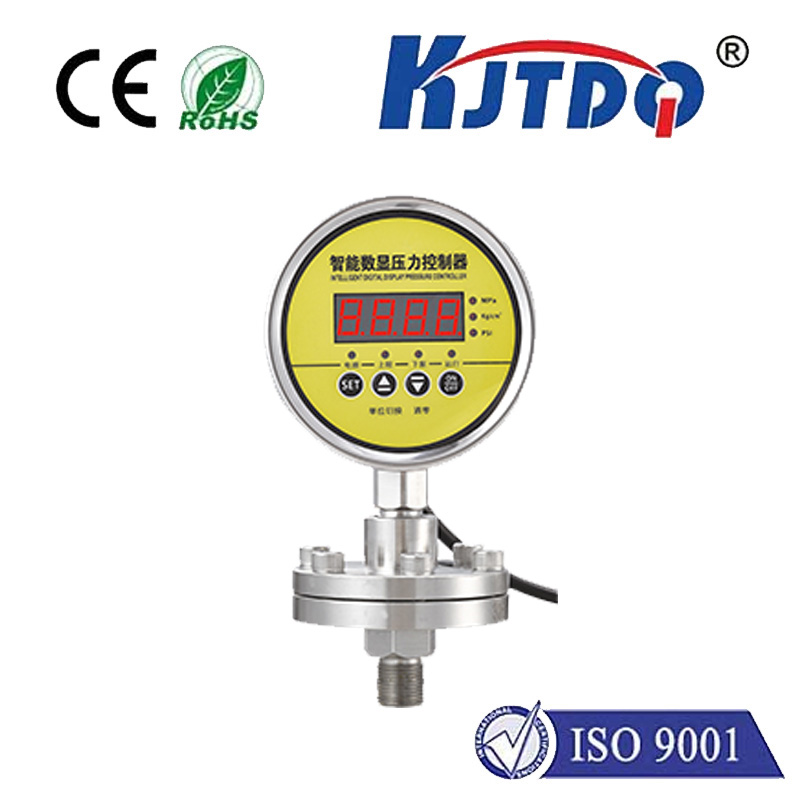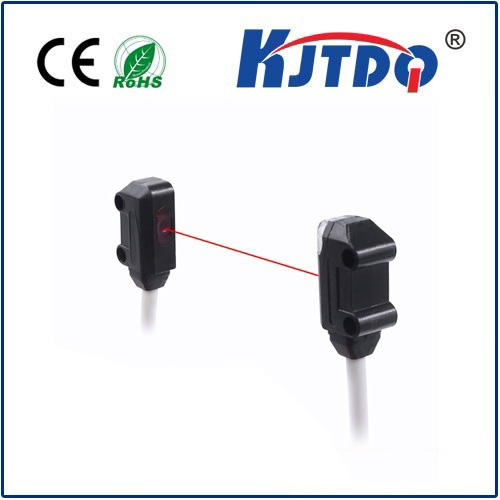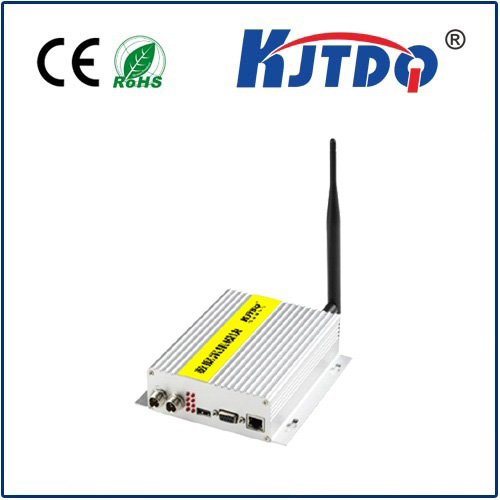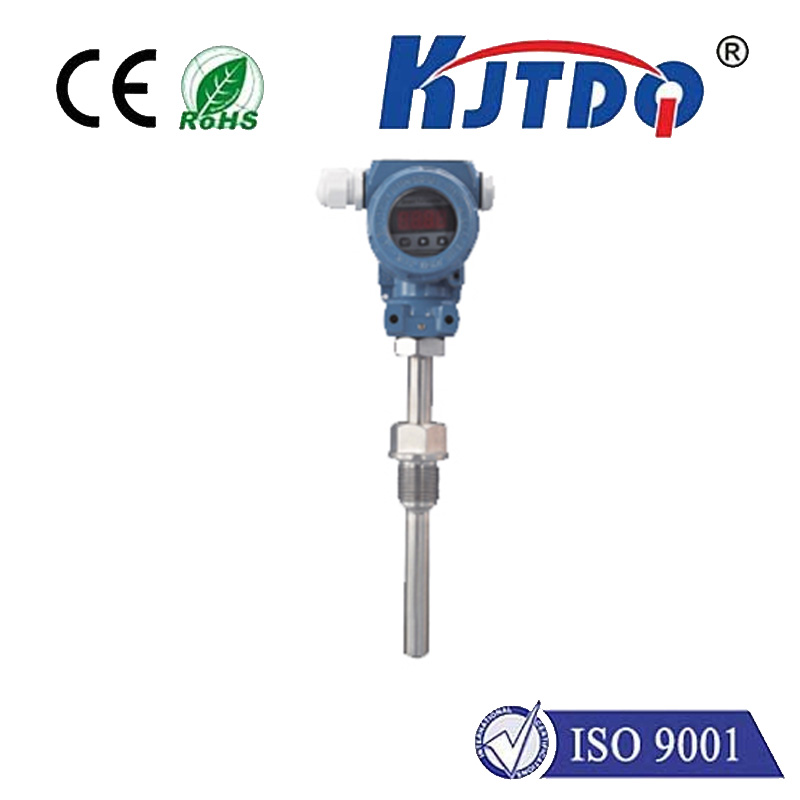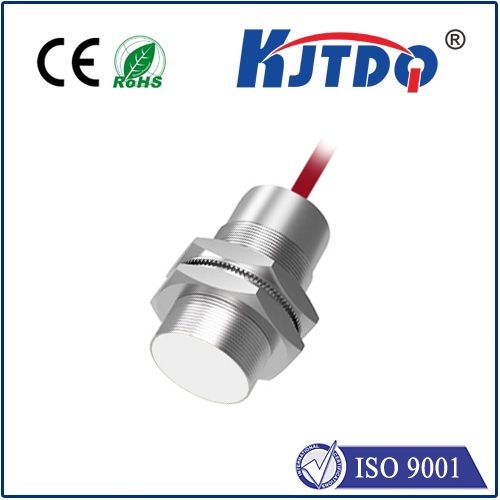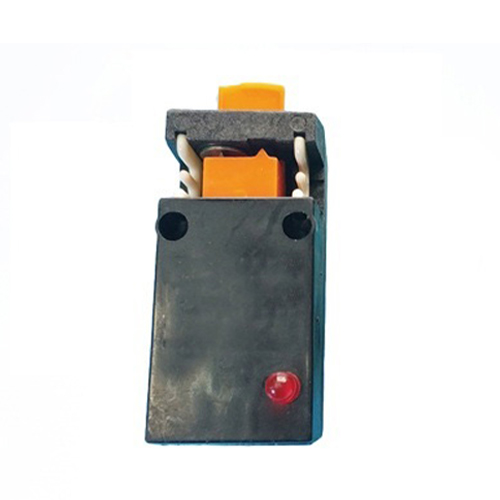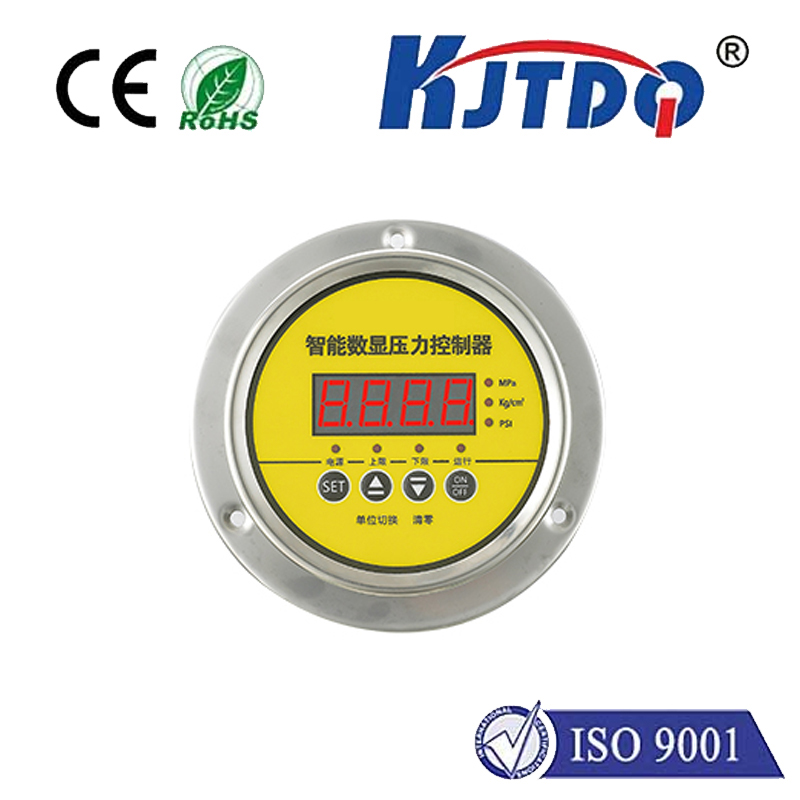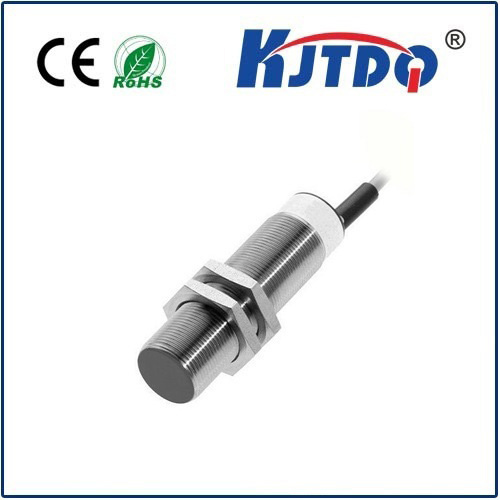

check

check

check

check
In the high-stakes environment of modern industrial automation, where fractions of a millisecond and micron-level accuracy dictate efficiency, reliable sensing isn’t just convenient – it’s imperative. Choosing the right component for position detection, object counting, or end-of-travel confirmation can be the difference between seamless operation and costly downtime. Enter the BES02J5 Proximity Sensor, a robust and highly capable device engineered to deliver consistent, contactless detection performance even in demanding industrial settings.
Proximity sensors, fundamentally, detect the presence or absence of an object within a specific range without physical contact. The BES02J5 belongs to the family of inductive proximity sensors. These work on the principle of electromagnetic induction: the sensor generates an oscillating electromagnetic field from its active face. When a metallic target enters this field, it induces eddy currents within the metal, which in turn dampen the sensor’s oscillation. This damping effect is detected by the sensor’s internal circuitry, triggering a switching signal.

What sets the BES02J5 apart is its specific blend of performance characteristics tailored for industrial robustness and precision:
The combination of its precisely calibrated inductive sensing, compact size, and robust construction makes the BES02J5 proximity sensor a go-to solution across diverse industrial sectors:
For engineers and maintenance professionals, selecting the BES02J5 often boils down to its proven reliability, precision, and the significant advantages offered by IO-Link variants. The ability to remotely configure, monitor, and diagnose sensors drastically reduces commissioning time, simplifies troubleshooting, and maximizes uptime by allowing maintenance to be scheduled based on actual sensor health rather than arbitrary intervals. This level of intelligence, combined with the sensor’s inherent toughness, translates directly into lower operational costs and improved production efficiency.
When integrating the BES02J5 or any proximity sensor, key considerations include: matching the sensing distance to the application gap, selecting the correct housing style (e.g., cylindrical M8, M12, or M18 variants exist beyond specific rectangular models) and mounting type (flush or non-flush), ensuring the target material and size are compatible (inductive sensors require metal), verifying the required output configuration (NPN/PNP, NO/NC), and checking the environmental rating (IP67 is standard for harsh conditions). Always consult the official BES02J5 datasheet for the specific variant to confirm critical parameters like voltage range, current consumption, housing material, operating temperature, and connection type.
The relentless drive for efficiency, precision, and predictive maintenance in industry demands sensors that are more than just switches. The BES02J5 proximity sensor, particularly in its IO-Link enabled versions, exemplifies this evolution – a compact, robust workhorse delivering reliable detection while simultaneously feeding valuable data into the digital ecosystem of the modern smart factory. Its precision positioning capabilities, immunity to harsh environments, and potential for intelligent data exchange solidify its role as a fundamental building block in countless automated processes where dependable, contactless metal detection is paramount. Understanding its specifications and capabilities allows for optimal deployment, ensuring seamless integration and maximizing the return on investment in industrial automation infrastructure.
